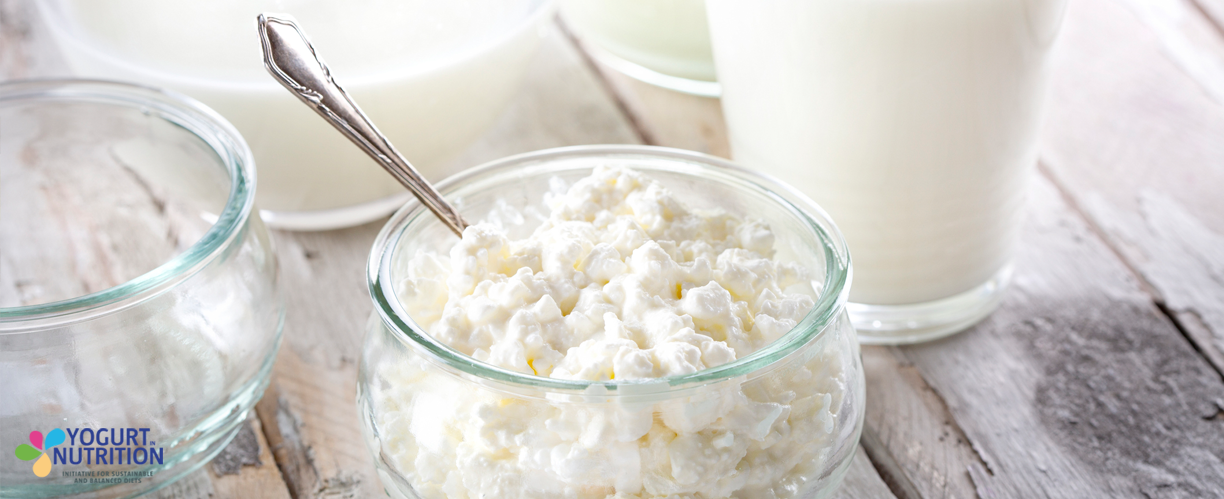Dairy products, including fermented varieties such as yogurt, are not only rich in macronutrients, essential vitamins and minerals, but also serve as a source of bioactive peptides—short amino acid sequences that influence various physiological processes. Among these, lactoferrin, casein-derived peptides, and whey-derived peptides have been studied extensively for their health-promoting properties.
What are the bioactive peptides
In addition to providing the basic nutrients, milk and dairy products provide an array of biologically active compounds, including bioactive proteins, that are initially meant to support infant health.
The majority of bioactive peptides derive from milk casein (β-casein, αs1- and αs2- casein and κ-casein), from whey β-lactoglobulin and α-lactalbumin or lactoferrin (1). They are produced by enzymatic hydrolysis of these milk proteins, either during digestion or due to the processing or fermentation in dairy products, and are thought to present an array of functions including antioxidant, antimicrobial, immunomodulatory, anti-inflammatory, antihypertensive, insulin signaling.
Peptides in yogurt and fermented dairy products
Fermented foods (such as fermented milk, cheese or yogurt) are sources of probiotic organisms that contribute to generate bioactive peptides, various amino acids or enzymes that provides numerous health benefits.
Yogurt fermentation, primarily through Lactobacillus delbrueckii subsp. bulgaricus and Streptococcus thermophilus, enhances peptide bioavailability. Proteolysis during fermentation liberates bioactive peptides from casein and whey proteins. These bioactive peptides have wide range of therapeutic potentials that includes antihypertensive, ACE-inhibitory, antioxidant, antimicrobial, immunomodulatory and cholesterol lowering peptides (11).
Lactoferrin
Lactoferrin is predominantly found in mammalian milk (with high concentrations in colostrum, ~7g/L, and lower concentrations in mature milk, ~1 g/L). It comprises ~690 amino acids and belongs to the transferrin protein family, with a strong affinity for ferric ions. Its iron-binding capacity is central to its diverse biological functions and underpins its role in defense mechanisms (2,3).
Owing to its capacity to sequester free iron, lactoferrin exerts significant antimicrobial activity by limiting microbial access to this essential micronutrient, thereby inhibiting the growth and virulence of a wide range of pathogens. Beyond its antimicrobial properties, lactoferrin acts as modulator of immune homeostasis. Furthermore, it contributes to gastrointestinal homeostasis by promoting the growth of commensal microbiota, supporting epithelial integrity, and modulating mucosal immune responses.
Therefore, lactoferrin has numerous beneficial properties that may play an important role in maintaining health from fetal life to old age (3).
- Immunomodulation: Lactoferrin can regulate the immune system. It influences both innate and adaptive immunity by modulating cytokine production, enhancing the activity of natural killer cells, and regulating dendritic cell and T-cell responses (3).
- Anti-inflammatory properties: Lactoferrin demonstrates anti-inflammatory activity through the downregulation of pro-inflammatory cytokines such as IL-6, TNF-α, and IL-1β, and the inhibition of NF-κB signaling pathways (3).
- Antioxidant function: Lactoferrin reduces oxidative stress, by chelating redox-active iron, thereby mitigating hydroxyl radical formation and limiting oxidative tissue damage (3).
- Antiviral and antibacterial activity: Lactoferrin has a broad-spectrum antimicrobial effect. By sequestering iron, lactoferrin creates an environment unfavorable for pathogen growth. It also binds to lipopolysaccharides and viral surface receptors, impeding pathogen entry (4,5).
- Gut health: Its broad-spectrum antimicrobial effects are further reinforced by direct interactions with microbial membranes and surface molecules, and by blocking cellular entry pathways used by viruses. Lactoferrin supports intestinal health by promoting beneficial microbiota and strengthening the gut barrier function (3).
Casein-Derived Peptides
Caseins are the primary proteins in milk (about 80% in cow’s milk), and their enzymatic digestion yields several bioactive peptides with diverse health effects.
- Casomorphins: These opioid-like peptides (e.g., β-casomorphin-7), derived from the digestion of the β-casein of dairy products, modulate gastrointestinal motility and immune responses. Some evidence suggests potential roles in neurological conditions, though results remain inconclusive (6).
- Casein phosphopeptides (CPPs) harbor interesting antioxidant and anti-inflammatory properties. CPPs also enhance mineral absorption, especially calcium and magnesium, by forming soluble complexes with minerals, facilitating their bioavailability (7).
- Other lactopeptides : Peptides derived from casein (such as VPP and IPP) inhibit angiotensin-converting enzyme (ACE) and may contribute to blood pressure reduction in hypertensive individuals consuming fermented milk products enriched with these peptides (8).
Whey-derived peptides
Whey proteins include α-lactalbumin, β-lactoglobulin, and minor components such as lactoperoxidase and immunoglobulins. Hydrolysis of these proteins generates peptides with anti-inflammatory, antioxidant, and metabolic effects.
Whey-derived peptides may modulate satiety hormones (GLP-1, CCK) and have been associated with improved insulin sensitivity. Studies reported better glycemic control in overweight adults after whey protein ingestion (9).
Cysteine-rich whey peptides boost glutathione production, enhancing cellular antioxidant defenses (10).
Dairy-derived peptides, especially lactoferrin, casein hydrolysates, and whey peptides, may possess clinically relevant health benefits, including immune support, antimicrobial action, mineral absorption, or cardiometabolic regulation. Continued research are necessary to better define the dose-response relationships and long-term impacts of these compounds in diverse populations.



